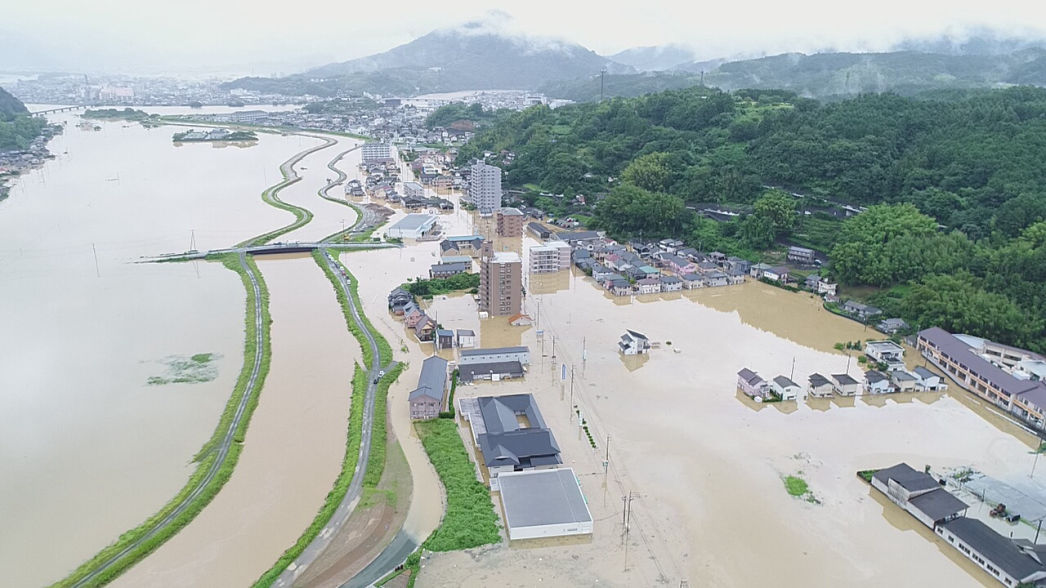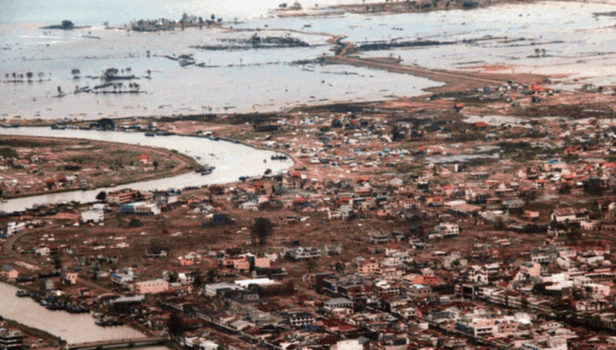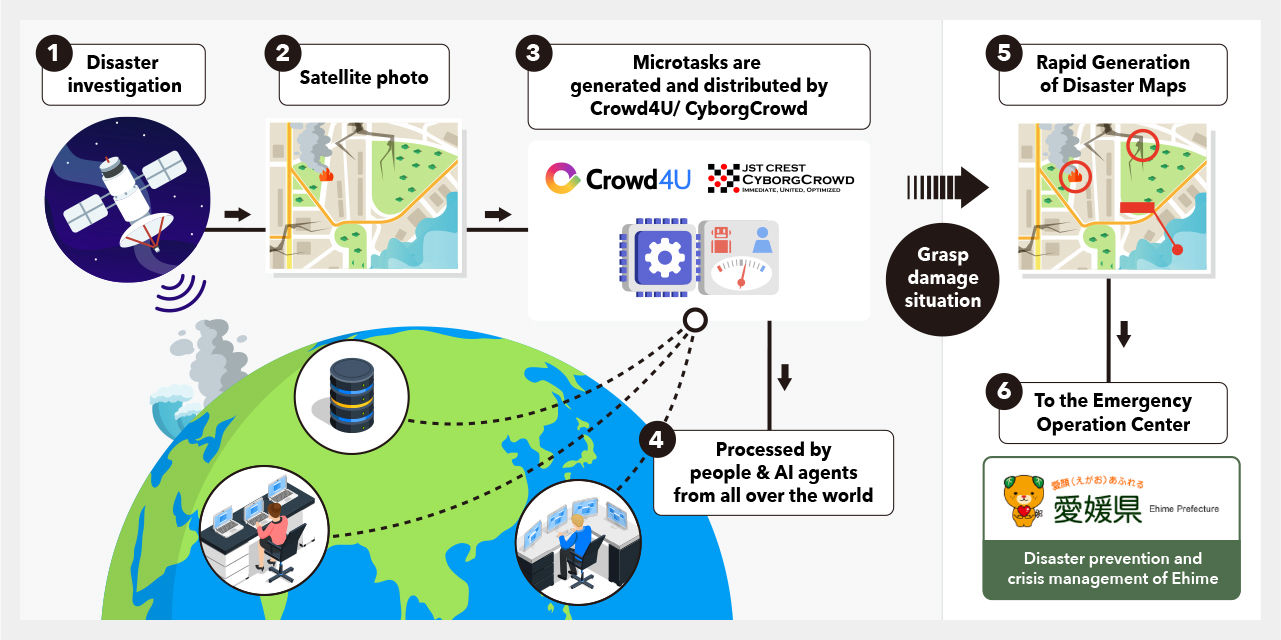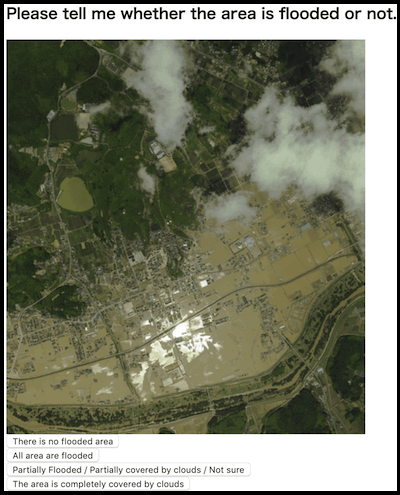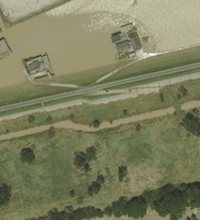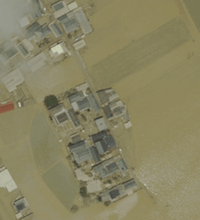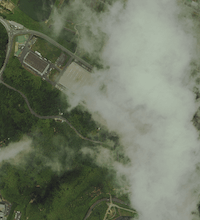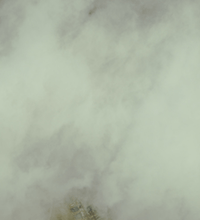On Tuesday, October 8, 2019, at 9 a.m. (JST) and 7 a.m. (IWST) (i.e., 0 a.m. (UTC)), the world's first “International Cyber Disaster Response Drill” will be held simultaneously in Ehime Prefecture, Banda Aceh City of Indonesia, and at the University of Syiah Kuala.
The drill is designed in the CREST CyborgCrowd Project, which is a collaborative research project involving University of Tsukuba, the University of Toyama, and Kyoto University, based on the experience of the West Japan Heavy Rain Disaster (2018 West Japan Flood). The aim is to examine the possibility of prompt understanding of the damage situation (flooded area) through the joint work of people across borders and AI, making the best use of the latest knowledge and technology of Japan and the world.
Currently, large-scale natural disasters occur frequently worldwide, causing damage to tens of thousands of people. In those situations, it is necessary for both the national and local governments to investigate and summarize the situation of the damages, but grasping the whole situation is not always an easy task.
In the areas damaged by a disaster, while rescue operations are ongoing, there are also many activities to support the evacuation procedures and the survivors in many ways, involving the participations of many volunteers. However, it is possible to support the affected areas from a distance. This kind of support can be provided by everyone little by little, or it can involve people who can provide specialized work such as AI development.
Both Ehime Prefecture and Banda Aceh City have experienced wide-scale disasters.
In the past, when a wide area was hit by a disaster, it was difficult to identify the damages, and to fully grasp the entire situation.
Based on their hard experience, Ehime Prefecture and Banda Aceh City will collaborate internationally to implement a new disaster response drill for the realization of prompt damage assessment.
During the training, starting from participants in Japan and Indonesia, many others will be recruited worldwide. Using the aerial photographs of the 2018 West Japan Flood, their aim will be the one of uncovering the inundated area as quickly as possible by bringing together the collective power of people. In addition, we will use AI that was developed through open recruitment and pursue its possibilities.
Specifically, participants from all over the world will judge the flood situation from satellite images and aerial photographs. At the same time, AI learns the judgment results and estimates the total damages. The results of human assessments and AI estimation are put together and send back to the affected area (Ehime Prefecture) to speed up decision making for disaster response. In other words, this represents a new form of support that consolidates the power of remote participation of people and the power of the latest AI technology to collect data on the disaster situation and return them to the disaster areas.
In the future, we aim to break through the “72-hour wall” where the survival rate is extremely lowered by utilizing these technologies.
Thanks to ICT (Information and Communication Technology) and AI, it is becoming possible to respond to natural disasters where citizens from all over the world collaborate remotely across borders. In this disaster drill, we will examine the application of this new type of natural disaster response that was impossible before.


